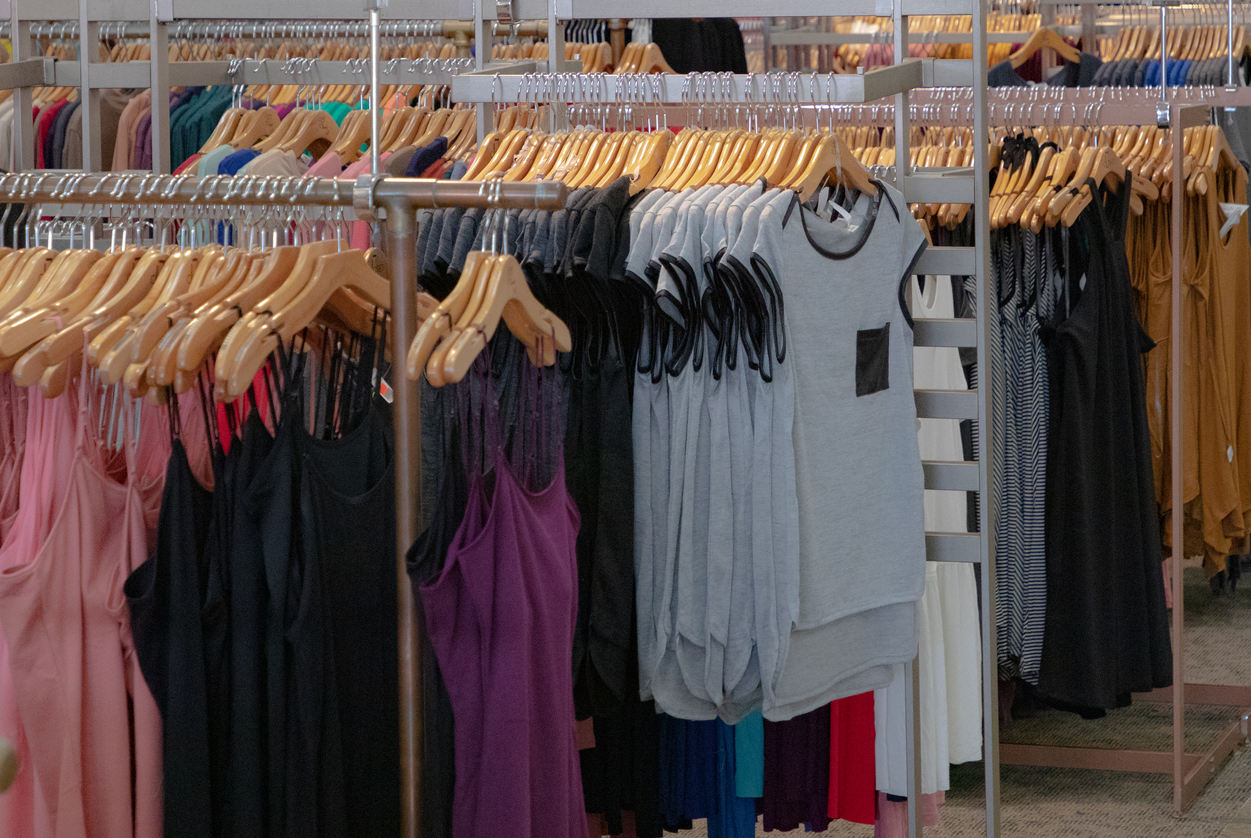US Tariff Advice for Apparel Importers: Key Insights for 2025
Importing apparel into the United States can be a lucrative opportunity, but navigating US tariffs is a critical aspect that apparel importers cannot overlook. Understanding the current tariff landscape, potential changes, and practical strategies to mitigate costs is essential for businesses looking to thrive in the competitive US market.
Understanding US Tariffs for Apparel Importers
Tariffs are taxes imposed on imported goods, and for apparel importers, these can significantly affect profit margins. The US applies tariffs on various clothing categories, from basic t-shirts to luxury fashion items. These duties are influenced by factors such as material composition, country of origin, and trade agreements.
For example, tariffs on cotton shirts differ from those on synthetic fabrics, while imports from countries under preferential trade agreements may benefit from reduced rates. Staying informed about these classifications is crucial for apparel importers aiming to optimize their supply chain and minimize unexpected costs.
Current Challenges for Apparel Importers
Apparel importers face several challenges when dealing with US tariffs:
-
Complex Classification Rules: The US Customs and Border Protection (CBP) uses the Harmonized Tariff Schedule (HTS) to classify apparel products. Misclassifying products can lead to higher duties or penalties.
-
Fluctuating Tariff Rates: Trade policies can change with new administrations or global trade tensions, affecting imported apparel costs.
-
Supply Chain Disruptions: Tariffs can influence sourcing decisions, requiring importers to balance cost, quality, and delivery timelines.
Addressing these challenges proactively is vital. Apparel importers who plan ahead, understand classification rules, and maintain transparent supplier relationships are better equipped to navigate tariff complexities.
Practical Strategies for Managing Tariffs
1. Accurate Product Classification
Correctly classifying products under the Harmonized Tariff Schedule is the first step in reducing unnecessary costs. Apparel importers should invest time in understanding HTS codes or work with trade consultants who can provide guidance. Wigmore Trading can help apparel importers review their product classifications to ensure compliance and avoid overpayment.
2. Explore Trade Agreements
Several countries benefit from preferential trade agreements with the US, which can lower or even eliminate certain tariffs. For example, apparel imported from nations under the US Generalized System of Preferences (GSP) may attract reduced duties. Apparel importers should analyze sourcing options to take advantage of these agreements, potentially increasing competitiveness.
3. Optimize Supply Chains
Strategically planning shipments can also mitigate tariff impact. Bulk imports, efficient logistics, and partnering with reliable suppliers can reduce per-unit costs, even in the presence of tariffs. Wigmore Trading supports apparel importers in streamlining sourcing and logistics, ensuring goods move efficiently from origin to destination while minimizing additional charges.
4. Stay Updated on Regulatory Changes
US trade policies are dynamic. Apparel importers must regularly monitor CBP announcements, US International Trade Commission updates, and changes in trade agreements. Proactive monitoring allows businesses to adjust sourcing strategies, anticipate cost changes, and remain compliant.
5. Consider Tariff Engineering
Tariff engineering involves making minor adjustments to products to qualify for lower duties legally. This could include changes in material composition or product packaging. While this strategy requires careful planning and adherence to regulations, apparel importers can benefit significantly. Wigmore Trading can provide guidance to explore such options responsibly.
Why Partnering with Wigmore Trading Matters
Navigating US tariffs can be complex for apparel importers, but having the right partner can make a significant difference. Wigmore Trading offers expertise in sourcing, import compliance, and supply chain optimization. Apparel importers can benefit from:
-
Expert Advice on HTS classifications and trade agreements
-
Optimized Logistics Solutions to reduce costs and improve efficiency
-
Practical Guidance on managing tariff impacts while staying compliant
By leveraging Wigmore Trading’s experience, apparel importers can focus on growing their business while minimizing the financial and operational risks associated with US tariffs.








Comments are closed.